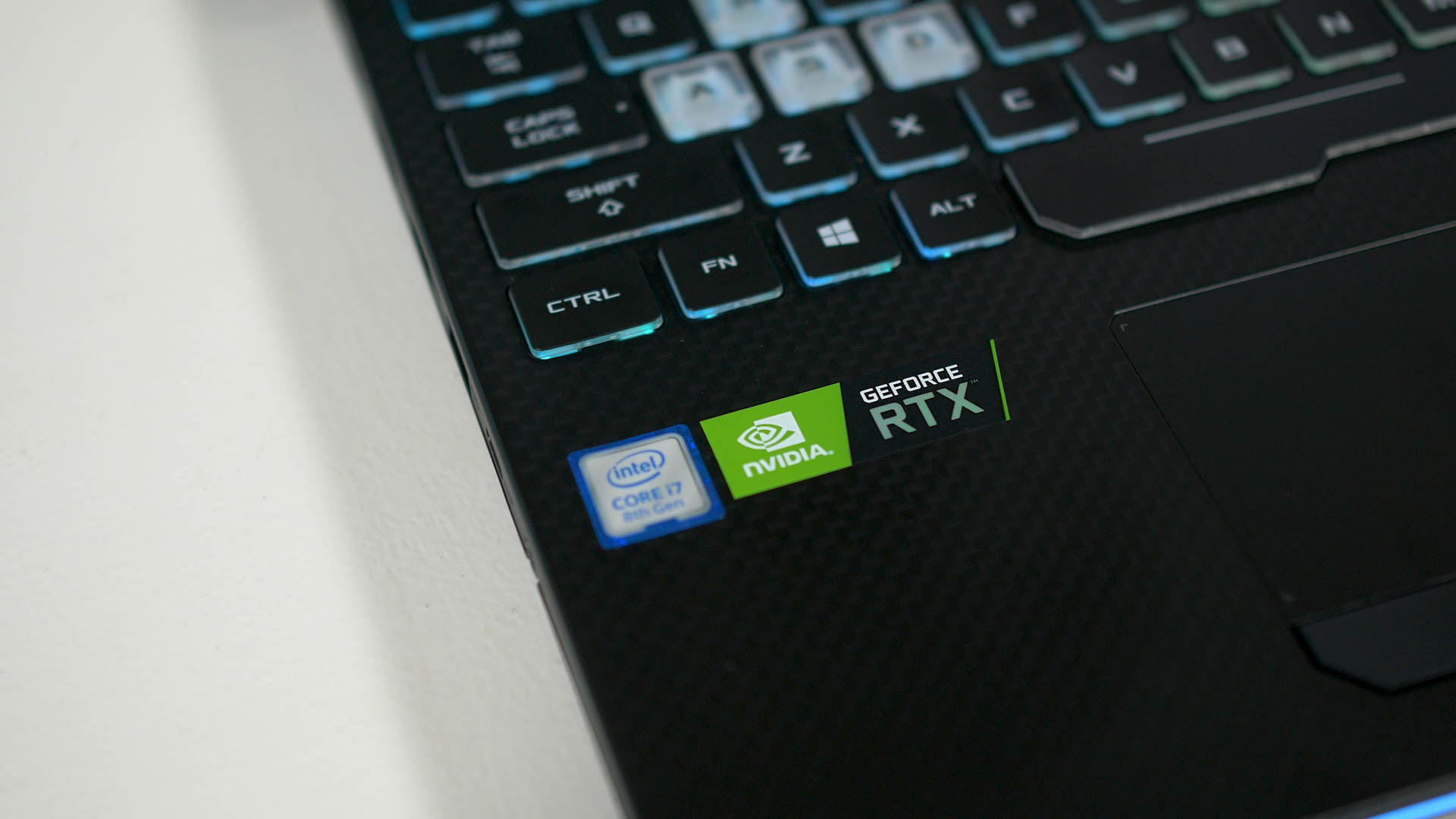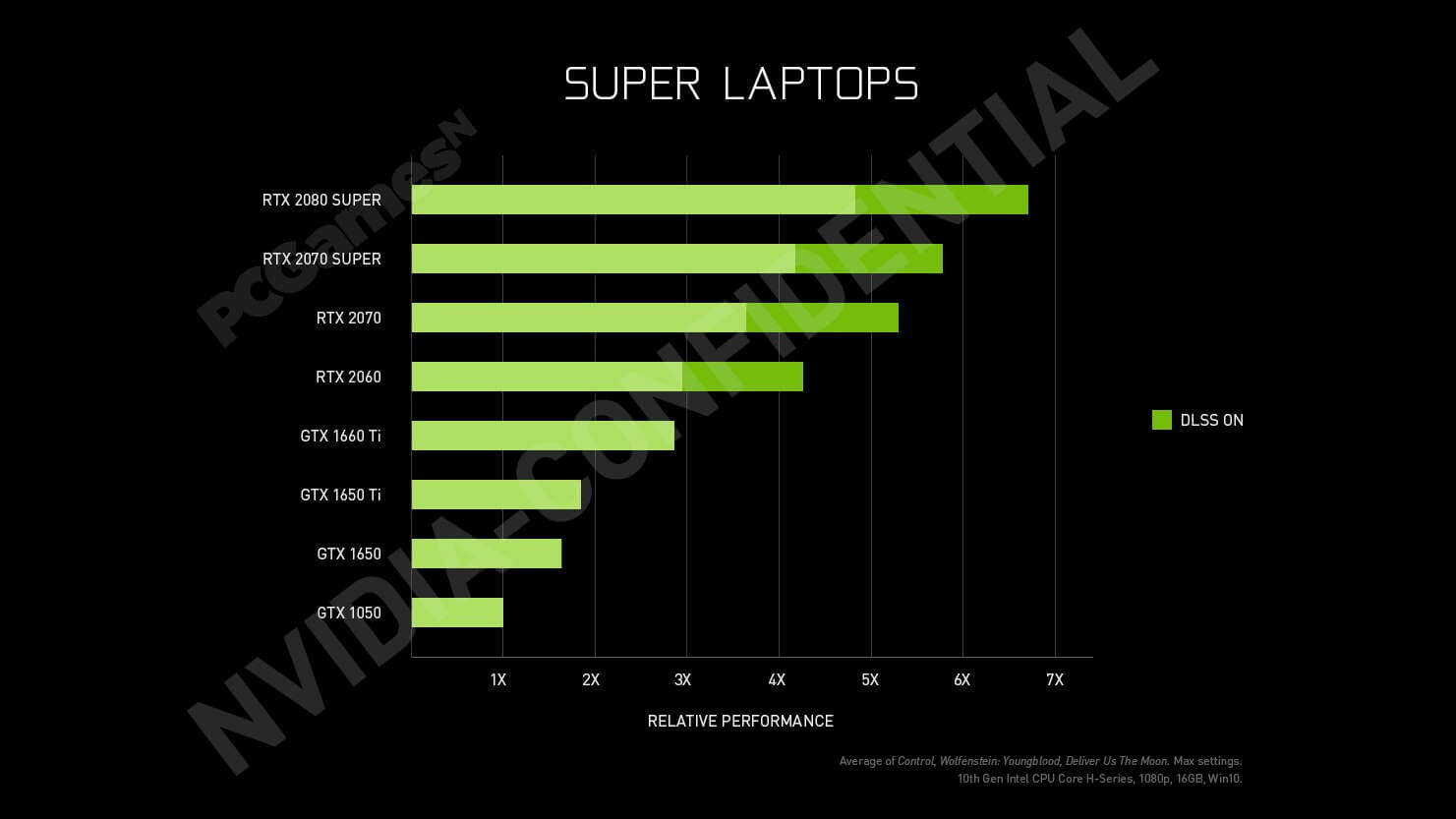Something to look forward to: Fans of gaming laptops could soon have something to celebrate, with Nvidia’s RTX 2070 Super and RTX 2080 Super mobile cards seemingly on their way and offering a significant boost over their non-Super counterparts.

The news comes from PCGamesN, which got its hands on a confidential Nvidia slide that compares the performance of the RTX 2080 Super and 2070 Super laptop graphics cards against the rest of the company’s current mobile GPUs.
The slide comes from an anonymous source, and, assuming it’s genuine, shows the 2070 Super is faster than the standard RTX 2070, as one would expect, and around 5.8 times faster than the GTX 1050 with DLSS turned on.
The chart also shows the RTX 2080 Super sits comfortably at the top of the pile and is roughly 6.7 times faster than a 1050. There’s no standard RTX 2080 mobile card on the chart, which PCGamesN theorizes is due to it offering almost identical performance to the 2070 Super that uses the same TU104 GPU.
The chart’s performance levels are taken from three games: Control, Wolfenstein: Youngblood, and Deliver Us The Moon, all of which were running at 1080p with the setting at max. We also see that the benchmarks were run on an unreleased 10th-gen Intel Comet Lake-H CPU (reportedly an i7) along with 16GB of RAM and Windows 10.
The slide is reportedly part of a release kit for laptop manufacturers, so it looks as if machines packing these Super cards will arrive soon, possibly as early as this month.
https://www.techspot.com/news/84259-leaked-slide-shows-huge-performance-boosts-nvidia-rtx.html
